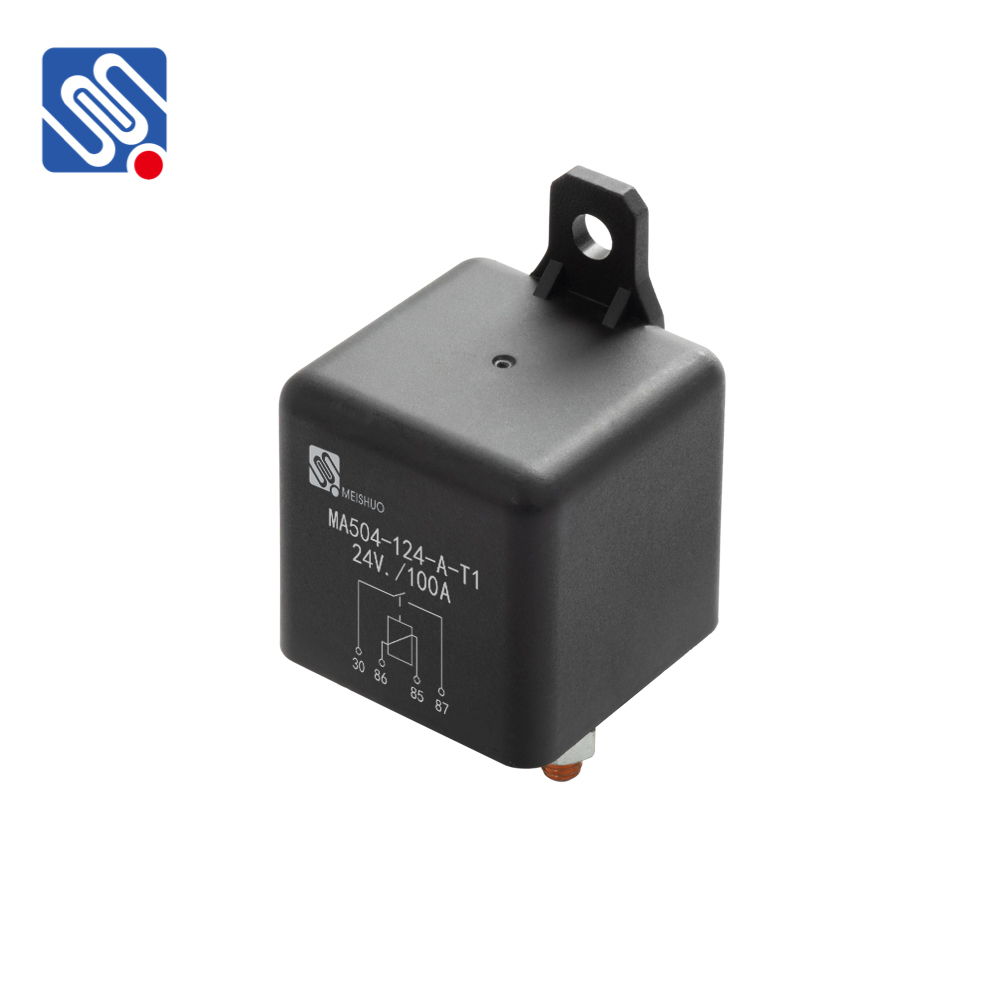understanding the 12v 100a relay: key features, applications, and benefits
Release time:2025-11-13 15:35:29
The 12V 100A relay is a crucial component in many electronic and electrical systems, offering both reliability and versatility in applications that require switching high current loads. Designed for 12V DC circuits, these relays can handle up to 100 amps of current, making them ideal for use in automotive, industrial, and renewable energy systems. In this article, we will explore the key features, applications, and benefits of the 12V 100A relay, helping you understand why it is such a widely used component in various industries.

What is a 12V 100A Relay?
At its core, a relay is an electrically operated switch. A 12V 100A relay is designed to switch electrical circuits on and off using a 12V DC control signal. The relay contains a coil that is energized by the 12V signal. This generates a magnetic field that pulls a set of contacts together (or apart, depending on the relay's design), allowing current to flow through the circuit. What sets the 12V 100A relay apart is its ability to handle high current—up to 100 amps—without failure.
The 12V rating means that the relay is compatible with 12V systems, which are commonly found in automotive and renewable energy applications. The 100A rating indicates the maximum amount of current the relay can safely handle without damage, making it suitable for applications where high-power devices need to be controlled.

